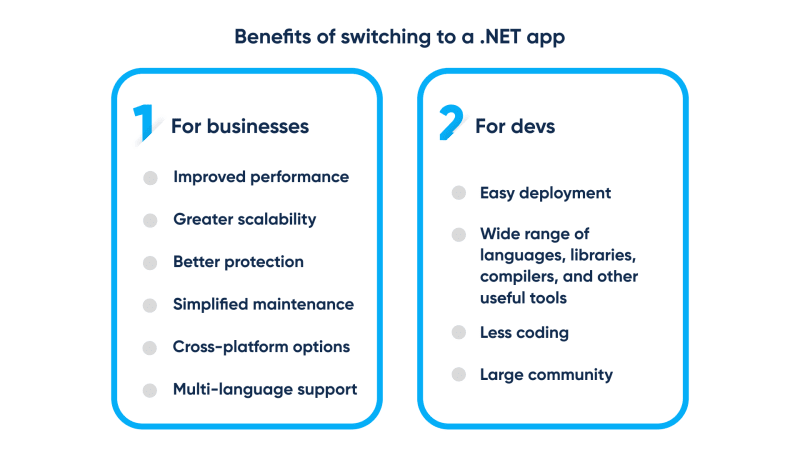
This post is a quick overview of an Abto Software’s blog article.
We helped a leading manufacturing corporation by converting Excel sheets and graphs to a .NET application. The client was utilizing Excel sheets and graphs to calculate belt-drive parameters, which turned out inefficient speaking about complex workflows.
Business operation handled through Excel sheets
Microsoft Excel, launched back in 1985, is a widely-used program, which facilitates spreadsheet management. MS Excel quickly became an on-demand, essential application for various business functions and integrated into everyday business processes (data management, accounting management, time & task management, financial analysis and modeling, simplified charting and graphing).
The tool provides multiple advanced features:
- Graphical features (charts, shapes, smart arts, clip arts)
- Database features (standard and cross tables, slicers, sparklines, sorting, filtering, validation, grouping)
- Functional features (built-in formulas, add-ins, hyperlinks, spell checks, conditional format)
- And additional useful features (themes, styles, and more)
What’s wrong with using Excel sheets?
For sure, Microsoft Excels is great to handle voluminous data and generate descriptive graphics for reporting. But with complex workflows, there are numerous problems to consider.
The tool can be:
- Quite difficult to troubleshoot
- Very vulnerable to fraud
- Unsuitable for efficient teamwork
- Unsuitable for agile practices
Adopting modern .NET applications instead of Excel sheets
Compared to Excel spreadsheets, .NET applications provide more business value, in particular data security.
As we mentioned earlier, our engineers were contracted to convert Excel sheets into a .NET application. There were multiple reasons for why our team was insisting on leveraging .NET capabilities.
The issues were clear:
- Excel spreadsheets aren’t suited for handling complex algorithms — the program can either slow down or stop working completely when facing bigger workloads
- .NET applications are designed to handle voluminous data, including numbers, as well as more sophisticated algorithms
In the initial approach, the sheets were cross-referenced and variables were hidden behind charts and fonts. What’s more, the code was executed in an outdated technology, hindering troubleshooting and maintenance. In this particular case, with the used tools, such problems are inevitable and might cause some major issues. That’s why a thorough workflow investigation was our top priority.
Our engineers:
- First, transformed the workflows into easy-to-follow wizard steps
- Second, created an informative end-user manual
During planning and implementation, we also made sure that the .NET application will support easy reporting. Following determined corporate guidelines, we ensured these reports can be extracted in PDF format.
Our team:
- Ensured automatic version improvements to the app’s functionality
- Provided restricted, controlled access to the app’s modules within the authorization module
Switching to .NET application after using Excel sheets: Key benefits
The modern .NET framework is a convenient platform that supports various popular programming languages. The whole .NET ecosystem enables unhindered cross-platform development, including desktop, web, mobile, and iOT.
.NET utilization provides benefits for both:

a. Business leaders
- Accelerated performance
- Streamlined flexibility and scalability
- Data protection
- Easy maintenance
- Cross-platform capabilities
- Multi-language support
b. Software engineers
- Easy deployment
- Wide range of languages, libraries, compilers, and other useful tools
- Less coding
- Large community
Summing up
Excel sheets are convenient and easy-to-navigate but might also cause multiple problems within processes. Manual and inefficient workflows, integrity risks, limited scalability, limited data visualization capabilities, security vulnerabilities, and version control challenges are just some examples of the numerous drawbacks Excel spreadsheets can confront you with.
By adopting .NET applications, you enjoy:
- Accelerated stability and performance
- Streamlined flexibility and scalability
- Better security
- Easier maintenance
Are you constantly struggling with your Excel spreadsheets and ready to optimize your routines?
Contact us for seamless:
- .NET development
- ASP.NET development
- Web development
- Mobile development
- Cloud migration and development
- Custom application software development




























